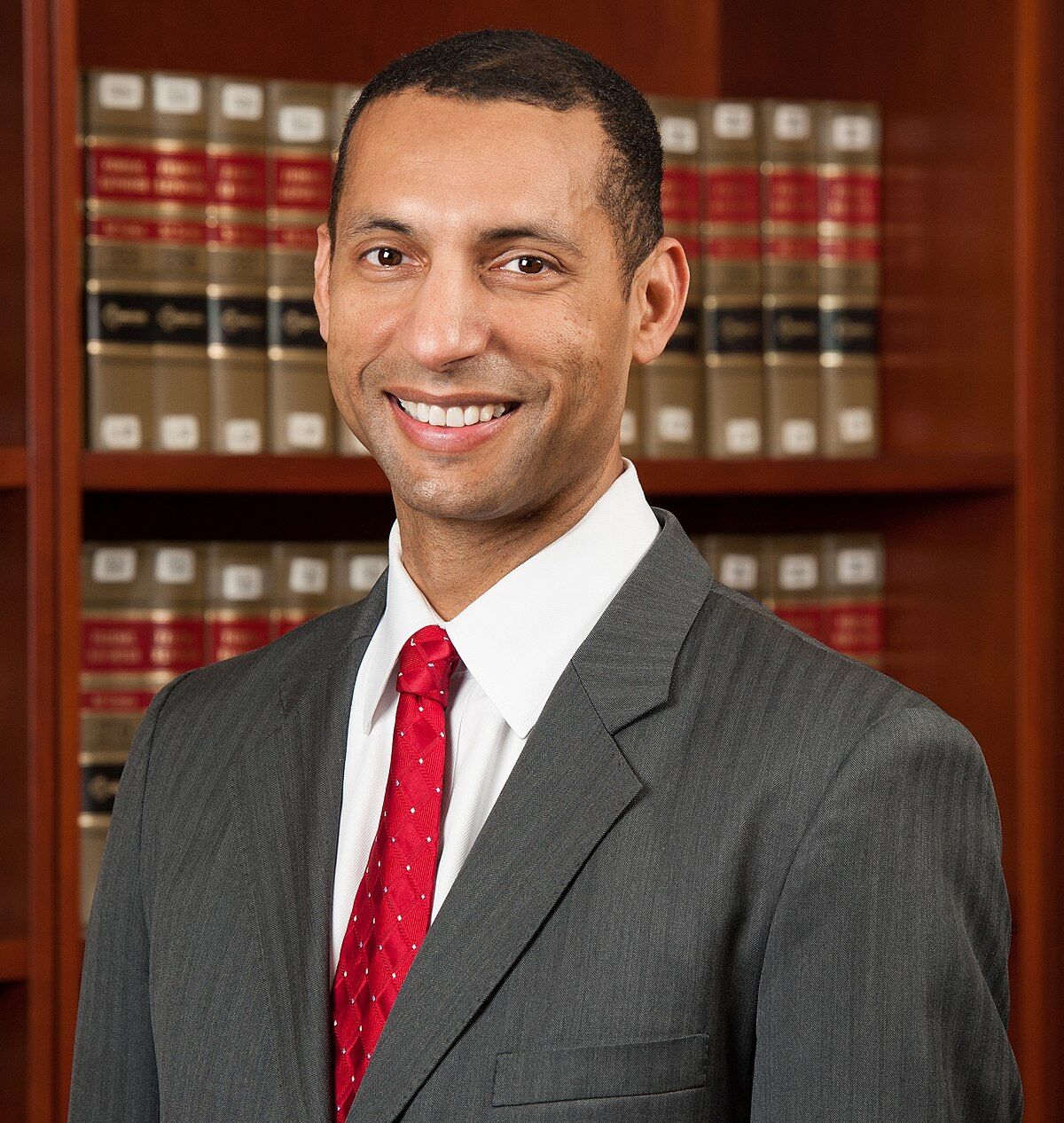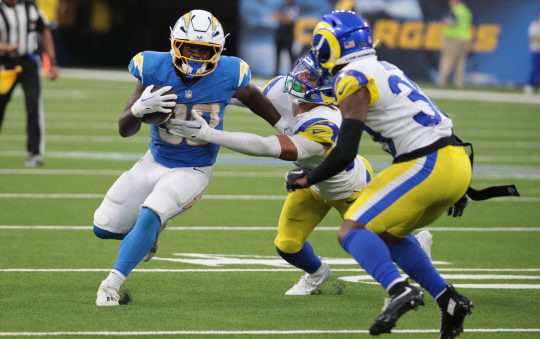
Students across the country are putting final touches on their applications for some of our country’s most prestigious public institutions. Higher education officials and policymakers alike need to ensure that these universities are not underserving Black students.
Unfortunately, there’s a lot of work to do. A new study from the Georgetown University Center on Education and the Workforce shows that African Americans aren’t attending selective colleges (e.g. the University of Michigan, University of South Carolina, University of Houston, and others) at the same rates as their White peers. Even states with a sizable population of average-college-aged Black people (18-24 years old) are falling short. In Delaware, for example, African Americans account for 26 percent of 18-24 year olds, but only 6 percent of students at the University of Delaware.
These public colleges should serve a representative cross-section of students, and be engines of mobility for all students. Unfortunately, they are not. White students make up 54 percent of 18-24 year olds, but account for 64 percent of freshman enrollment in selective public colleges. Meanwhile, Black students account for 15 percent of 18-24 year olds in the United States, but only seven percent of students in public selective colleges.
Some argue that African American students are less qualified to attend selective enrollment schools, but that isn’t the case. Among students who score in the upper half of standardized test scores, 31 percent of White students enroll in a selective college, but only 19 percent of Black students get that chance. All of these students are highly likely to graduate—students in the upper half of high school test distribution scores have an 85 percent chance of graduating from college. And evidence suggests that some schools may over-rely on these scores, a practice that may over-emphasize affluence and access to quality K-12 schooling. This can hide race and class inequality behind a façade of quantitative metrics.
The Georgetown study also acknowledges Black students may be choosing to attend colleges other than the highly selective public universities. In fact, Black students are going to college in greater numbers than ever. Unfortunately, the open-access colleges they are attending are overcrowded and under-resourced. This is likely affecting their chances of obtaining a degree, as graduation rates are significantly lower for students at open access colleges than they are at selective schools.
America’s higher education system sees the problem, but it is getting worse, not better. Over the last decade, Black representation at selective public colleges fell. For every 100 average college-age African Americans, four fewer are attending public selective colleges than a decade ago. The largest Black underrepresentation in selective public colleges is in the Deep South. In Mississippi, for example, African Americans account for 44 percent of 18-24 year olds, but only 11 percent of students at the state’s selective public college (the University of Mississippi).
The same states where African Americans are underrepresented in selective public colleges are also underfunding the open-access colleges that African Americans attend. According to Georgetown’s study, selective public colleges spend nearly three times more on instruction and academic support than open access colleges. At a time when we need to further invest in developing a skilled workforce for a changing labor market, it’s more important than ever to adequately support public open-access colleges and hold selective public colleges accountable to avoid underserving Black students.
We must bring an end to this separate and unequal education system. It is in our country’s best interest to engage with people from all communities to reach their educational potential. Increasing skills and expanding the number of people who have access to higher paying jobs will help grow the economic pie for all Americans.
Adequately supporting open-access colleges and holding selective public colleges accountable for educating people from all communities would take us a long way toward a public university system that truly serves the best interests of all members of the public.






